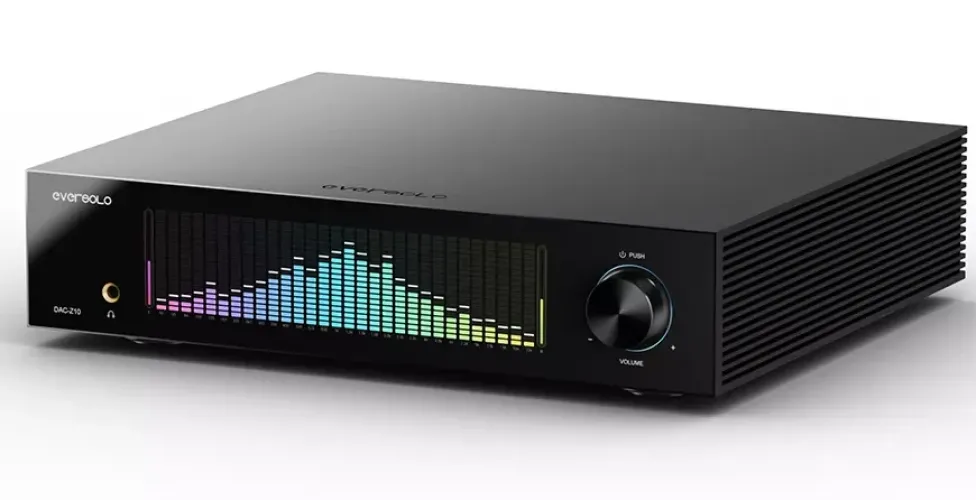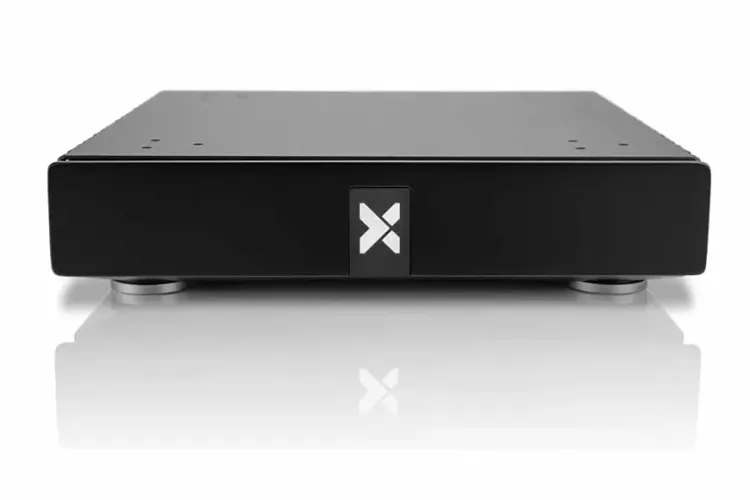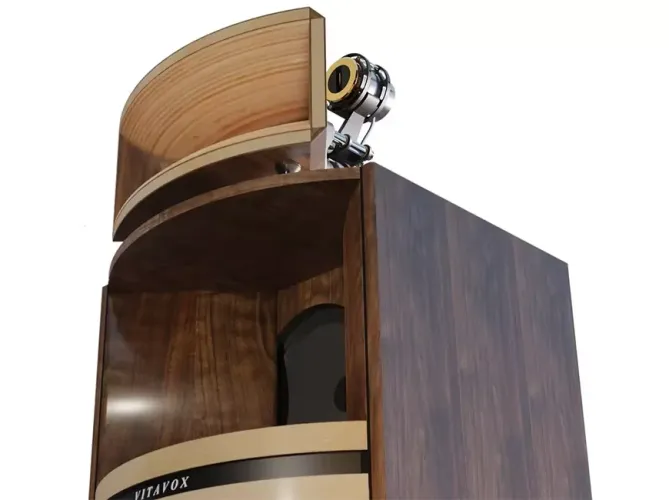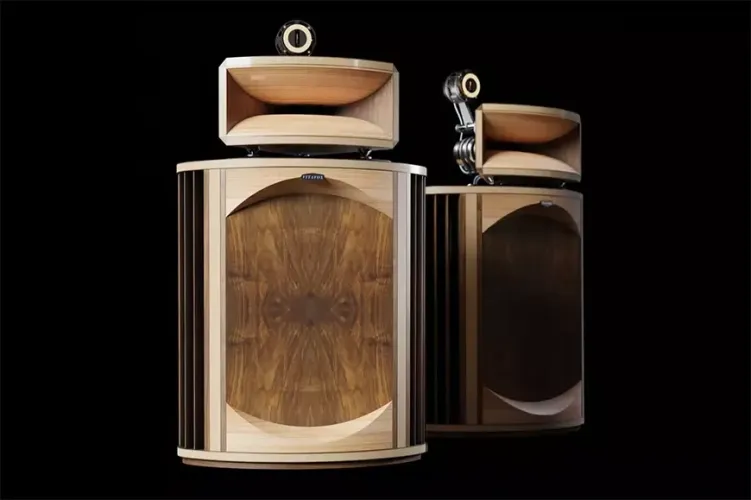
Magico S2 — a new floorstanding speakers with Gen 8 Nano-Tec driver cones
03.12.2024 12:00 | ~2 minutes read
The Magico company showed its new three-way speakers Magico S2. During the development, a Polytec laser vibrometer was used to measure the vibration of the S2 enclosure panels. All this, along with the latest 3D simulation modeling, allowed us to solve the issue of potential resonance at the design stage. The result is an elegant and compact enclosure made of extruded aluminum with minimizes diffraction level.
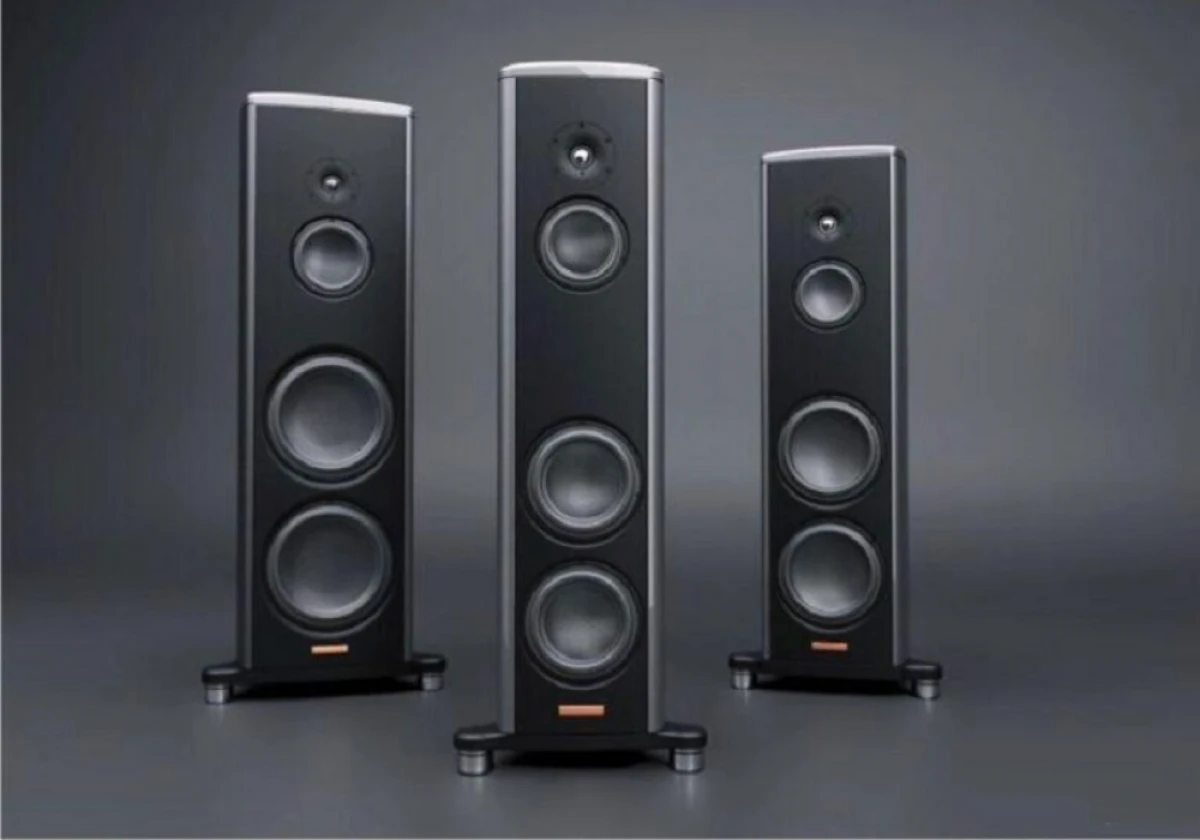
Like the S3 and S5, the S2 uses a Gen 8 Nano-Tec driver cone, which consists of an aluminum honeycomb core sandwiched between graphene-reinforced carbon fiber shells. This approach helps reduce distortion as much as possible. A lot of effort has been put into upgrading the chassis. The third-generation design improves both mechanical and acoustic parameters, including force distribution, suspension design, and so on.
Magico S2 offers a 5” midrange driver with a 75 mm voice coil. This unit has a Gen 8 Nano-Tec cone and is built into a third-generation chassis. The midrange driver uses a neodymium-based motor system with two extra-large magnets to create a super-stabilized magnetic field in a 16 mm air gap. Bass is handled by a pair of 7” woofers, featuring 3” Gen 8 Nano-Tec cone voice coils, housed in a third-generation chassis. The speakers produce accurate, distortion-free low frequencies, with a great maximum sound pressure of 109 dB at 55 Hz.

The S2's sophisticated 28 mm tweeter is based on the flagship M9 model and uses a diamond-coated beryllium diaphragm. The S2's treble - extending to a stunning 50 kHz - is detailed yet subtle, revealing high frequencies that are indicative of information extraction.
The S2's three-way elliptical symmetrical crossover (ESXO) is a topology of rare distinction. The crossover is implemented with an acoustic slope of 24 dB and uses a Linkwitz-Riley filter. Sales of Magico S2 are scheduled to start in Q2 2025.
Specifications
This product is in the Hi-Fi and High End Electronics and Acoustics database
Floorstanding loudspeakers — Magico s2
Model name
S2
Frequency Response low +/- 3dB (Hz)
35
Frequency Response high +/- 3dB (Hz)
50000
Sensitivity (dB at 1 W/1m)
86.5
Impedance (Ohms)
4
Power amplifier requirements (W)
50 - 300
Has internal amplification
N/A
Internal amplification power (W)
N/A
Size (sm)
110.4 x 34.5 x 39.5
Weight (kg)
60
Official link
Image source - https://www.magicoaudio.com


